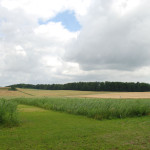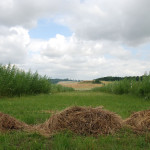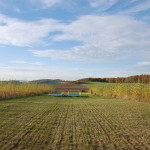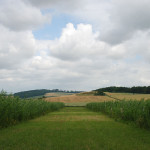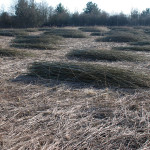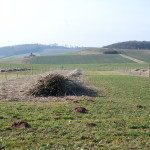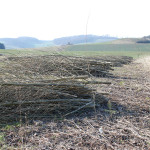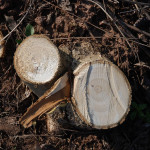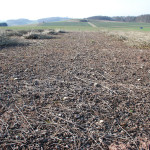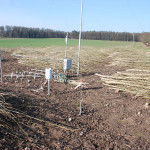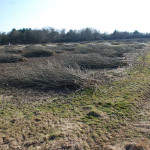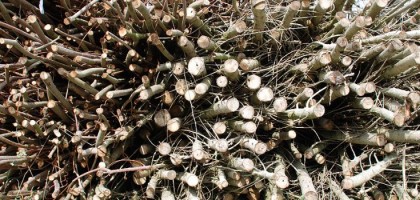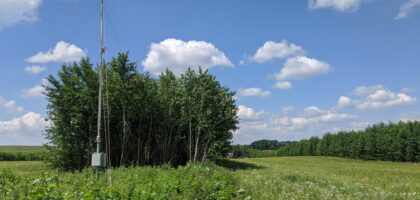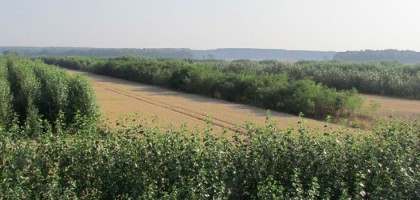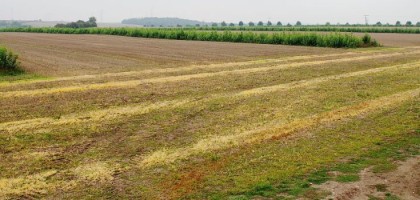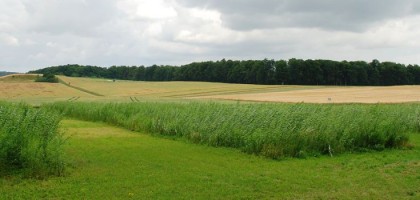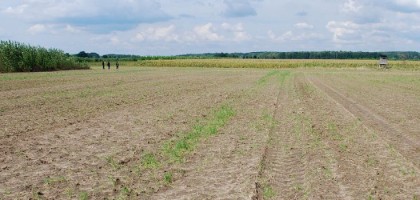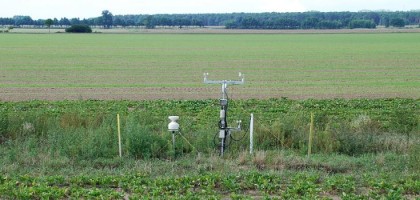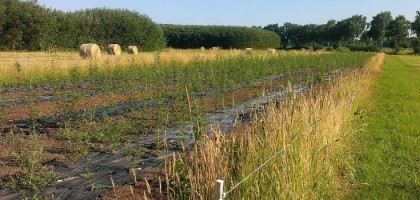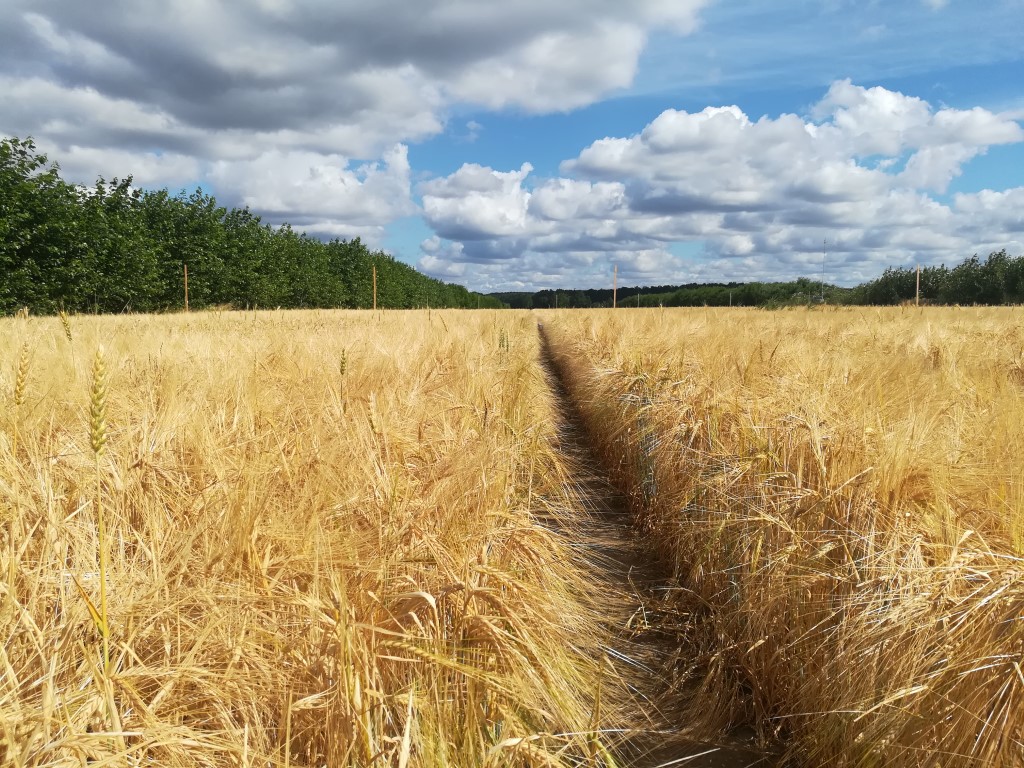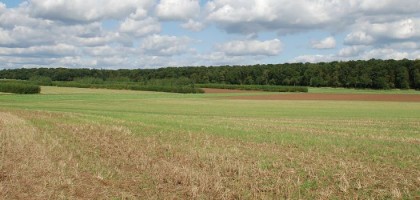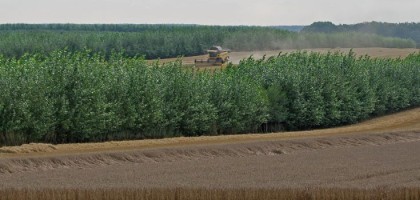TP1-5: Biodiversity and pest control
Macrofauna diversity and pest control in temperate agroforestry systems
Summary
Intensification of agricultural land use is one of the main drivers of human-induced biodiversity loss, threatening the provision of important ecosystem services. Modern agroforestry systems—such as alley cropping—may contribute to mitigating such negative developments. However, although biodiversity patterns of different taxonomic groups have been studied repeatedly for alley-cropping systems, we have much less knowledge of the spatio-temporal dynamics of these patterns and of how they affect key ecosystem services—such as natural biocontrol—in the crop production subsystem of these ecosystems. In fact, these issues are not very well resolved for agro-ecosystems in general, but highly relevant to understand how a more sustainable management can be achieved through the integration of non-crop habitats.
With two work packages, we address major knowledge gaps regarding the regulation and the spatio-temporal dynamics of the diversity of, and key ecosystem functions performed by, the arthropod macrofauna in alley cropping vs. conventional farmlands.
For the first work package, a key question is to what extent tree strips in alley cropping influence biodiversity, e.g. by providing shelter and enabling overwintering and subsequent spill-over into adjacent fields. We use a combination of emergence traps and free pitfall traps, deployed from January to July in two consecutive years at each study site. Trapping design follows the SIGNAL design (0, 1, 7 and 24 m distance from the tree strips). The combination of the two trap types enables quantitative assessment of the spatio-temporal patterns of arthropod emergence and dispersal and of overall biodiversity. We focus on generalist arthropod predators (spiders, carabid beetles) as important biocontrol agents.
In the second work package, we focus on predation and parasitism rates of herbivores, as well as on herbivory. Predation is measured using well-established sentinel prey methods. Similarly, seed predation as a form of beneficial (weed seeds) or detrimental (crop seeds) herbivory is measured with seed cards. Assessments of aphid densities are used as a measure of pest pressure. All data on these ecological functions are assessed along the same transects as in the first work package, which will allow the calculation of mathematical distance-decay functions and a quantification of the spatial stability for these ecological functions in alley cropping and conventional farmland systems.
